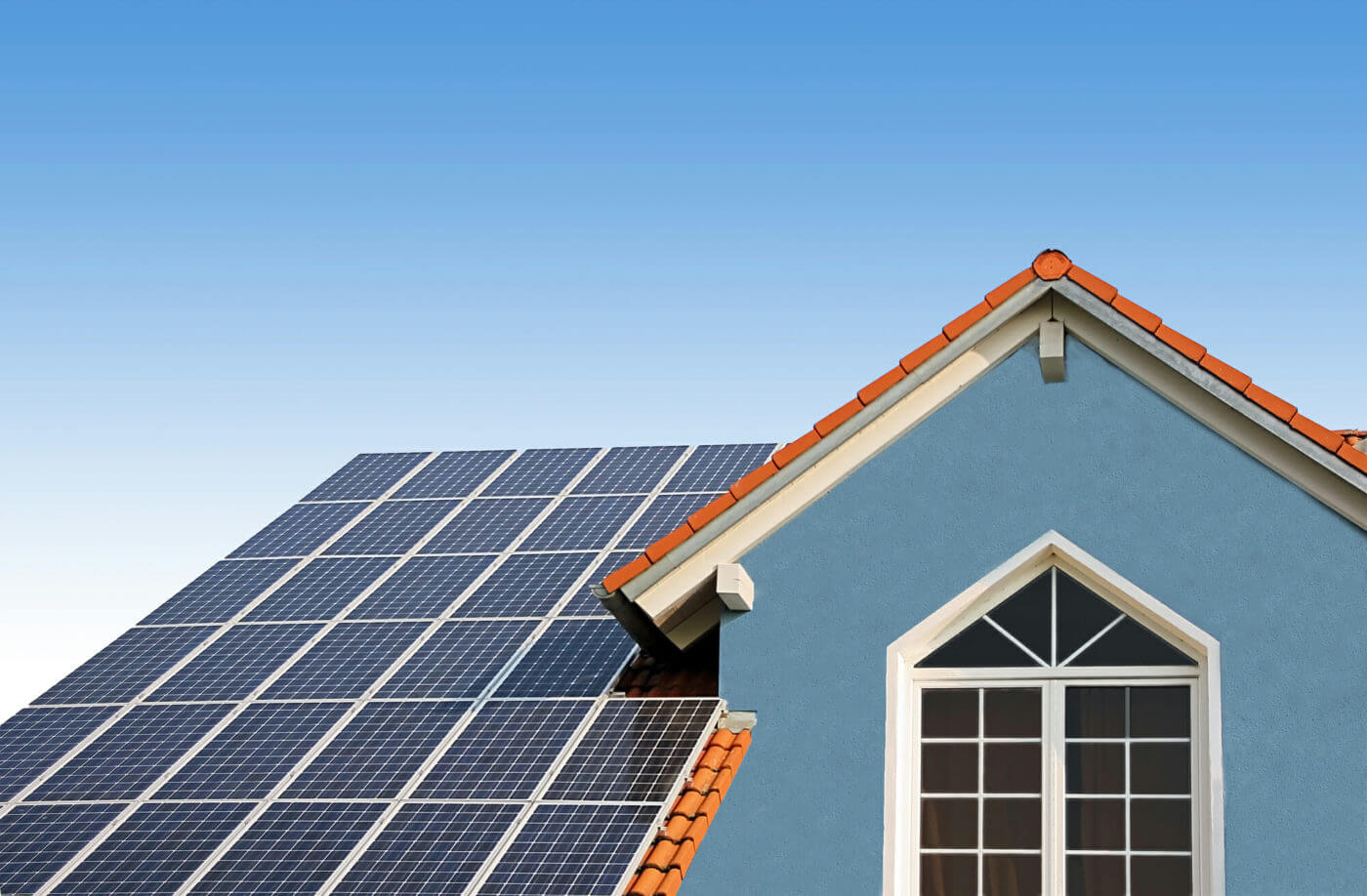The 6-Second Trick For Solar Systems
Wiki Article
10 Easy Facts About Solar Systems Described
Table of ContentsSolar Systems Can Be Fun For AnyoneSolar Systems for DummiesThe Buzz on Solar SystemsThe Basic Principles Of Solar Systems
There are three various types of solar panels: monocrystalline, polycrystalline, and thin movie. Monocrystalline solar panels are extremely efficient and also have a streamlined design, however come with a greater cost point than other photovoltaic panels. Polycrystalline photovoltaic panels are more affordable than monocrystalline panels, nonetheless, they are less reliable as well as aren't as cosmetically pleasing.Nowadays, there are a number of selections of monocrystalline solar panels on the market to pick from., are ending up being a progressively popular monocrystalline choice.
Since monocrystalline solar cells are made of a single crystal of silicon, electrons have the ability to conveniently flow throughout the cell, enhancing general performance. Not just do monocrystalline panels have the highest possible performance ratings, they generally also have the highest possible power capacity ratings, as well. A lot of monocrystalline panels on the market today will certainly have a power result score of at the very least 320 watts, however can increase to around 375 watts or higher!.
Since polycrystalline cells contain numerous silicon cells, the electrons can not relocate as quickly and because of this, reduce the effectiveness of the panel. The lower effectiveness of polycrystalline panels likewise implies they have a tendency to have a lower power outcome than monocrystalline panels, normally ranging between 240 watts and also 300 watts.
The Best Guide To Solar Systems
4% performance With slim movie cell prototypes. In order to meet your energy needs, you would certainly require to mount more thin film panels over a big location to generate the very same quantity of electrical power as crystalline silicon photovoltaic panels. This is why thin film solar panels don't truly make feeling for household installments where area is restricted.The temperature level coefficient tells you how a lot the power result will certainly decrease by for every 1 * C over 25 * C the panel obtains. The basic temperature coefficient for mono and also polycrystalline panels commonly falls somewhere between -0.
With some thin movie panels, it's difficult to also see the specific cells within the panel. They likewise tend to have much less electrical wiring as well as busbars, indicating there's less white space. Due to the fact that they are so ineffective, you would certainly require to cover your whole roofing system in thin film panels - which might or might not be your design.

Some manufacturers have actually worked around this with black packing or shaping the cells differently, however these visual modifications can impact both the price and efficiency of the panels. In general, monocrystalline panels still look streamlined, yet they're a little bit a lot more obvious than slim film panels. solar systems. The process in which polycrystalline solar batteries are produced causes the cells to have additional info a blue, marbled appearance.
What Does Solar Systems Do?
If you're on a limited budget plan, polycrystalline panels may make even more feeling for you. We do not suggest slim film solar panels for household installments - their efficiency and also resilience do not make the affordable worth it, and it's unlikely you'll have nearly sufficient room to install the variety of thin film panels you would require to cover your household electrical energy use.Because they are made from pure silicon, they can be conveniently identified by their dark black color. The use of pure silicon also makes monocrystalline panels one of the most space-efficient and longest-lasting amongst all 3 solar panel types. This comes at an expense a lot of silicon is thrown away to produce one monocrystalline cell, sometimes getting to over 50%. solar systems.

Amorphous silicon panels (A-Si) derive their name from their shapeless nature. Unlike mono-and polycrystalline solar batteries, the silicon is not structured on the molecular level. Usually, an a-Si cell calls for just a fraction of the silicon required to produce common silicon cells. This permits them to have the lowest production expense, at the expense of efficiency.
All About Solar Systems
$0. 32-$0. 65 $1 $1. 50 $0. 70 $1 $0. 60 $0. 70 $0. 50 $0. 60 $0. 43 $0. 50 Note that these numbers do not include the expense of installment as well as labor. With labor as well as various other above factors, the overall can increase to $2. 50 to $3. 50 per watt.
This suggests that thin-film his comment is here panels can be a great alternative for hotter environments or places that experience even more sunlight throughout the get redirected here year. The upgraded International Building Code of 2012 requires solar panels to match the fire score of the roof covering where they are installed. This is to guarantee that the modules do not speed up the spread of fires in case of a fire.
Report this wiki page